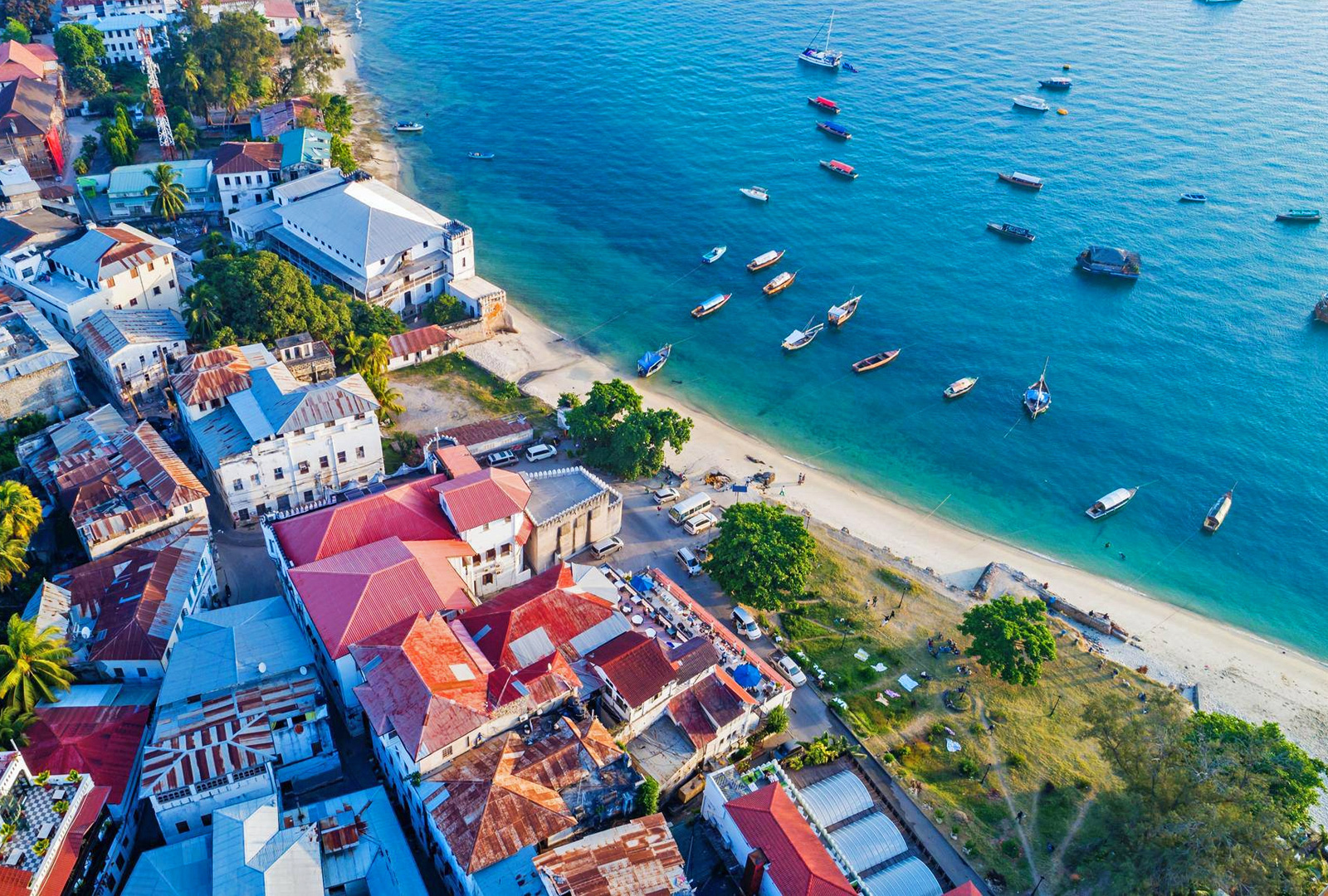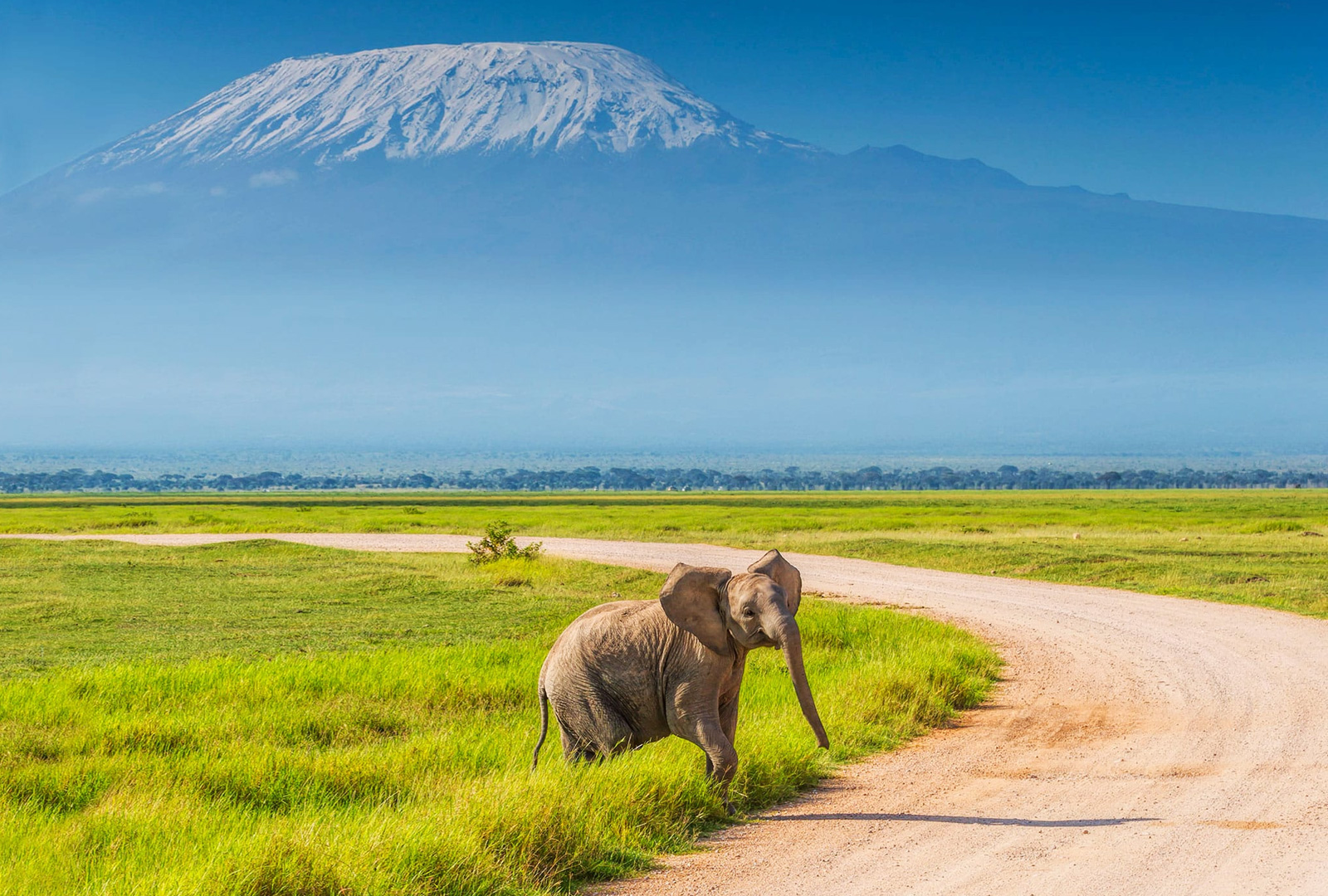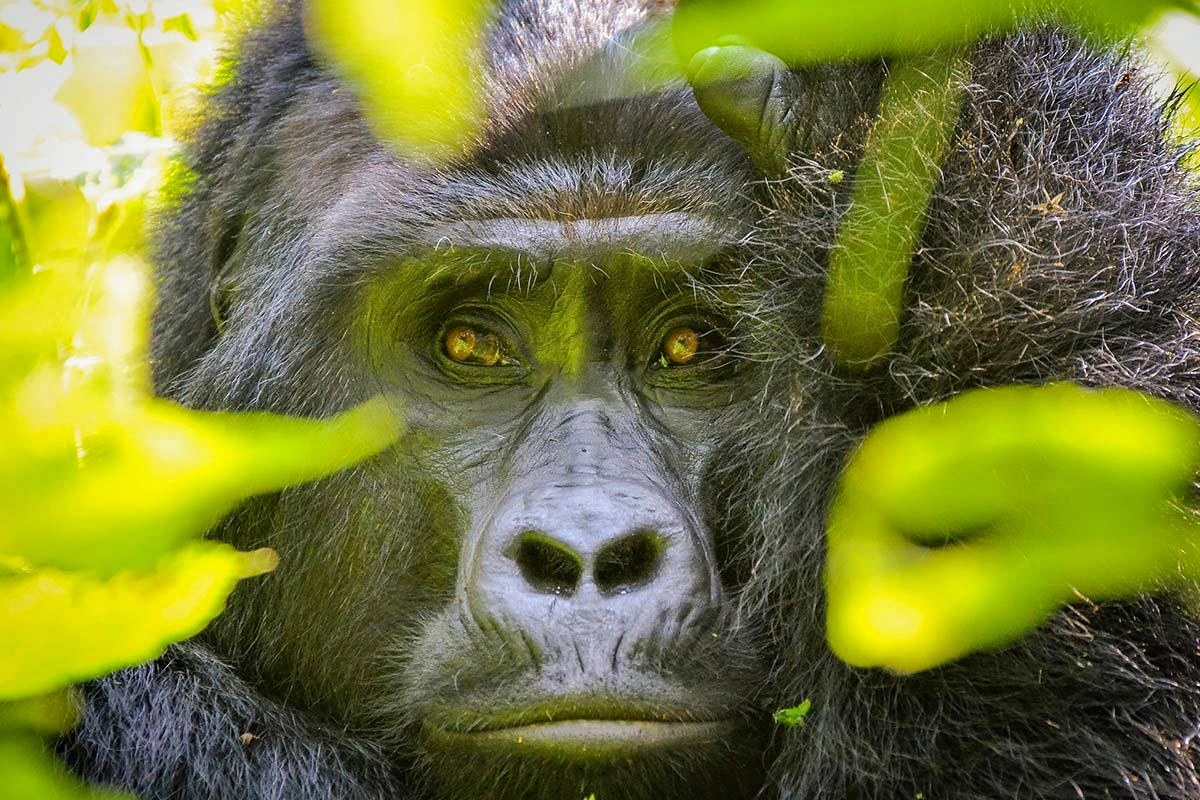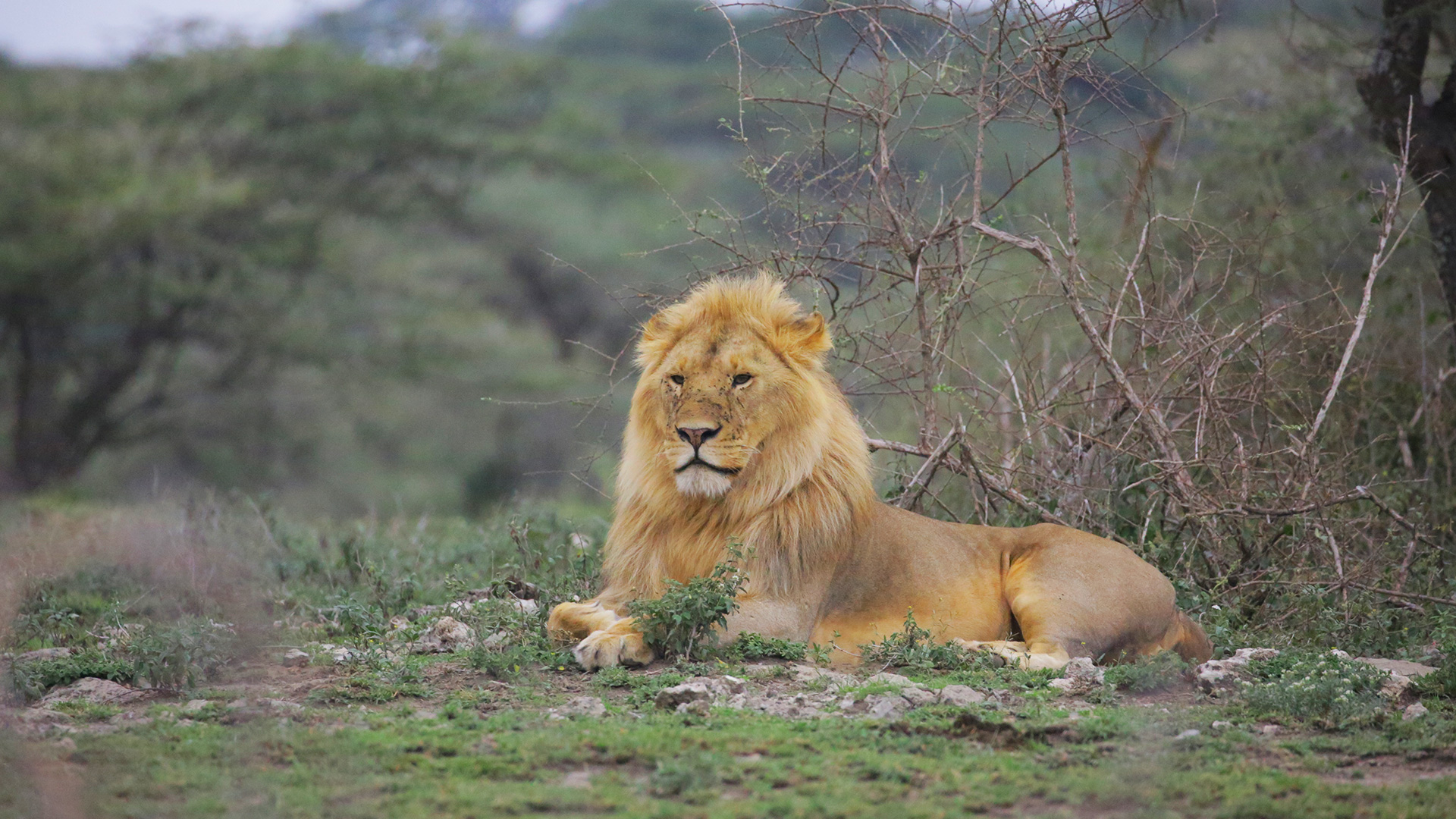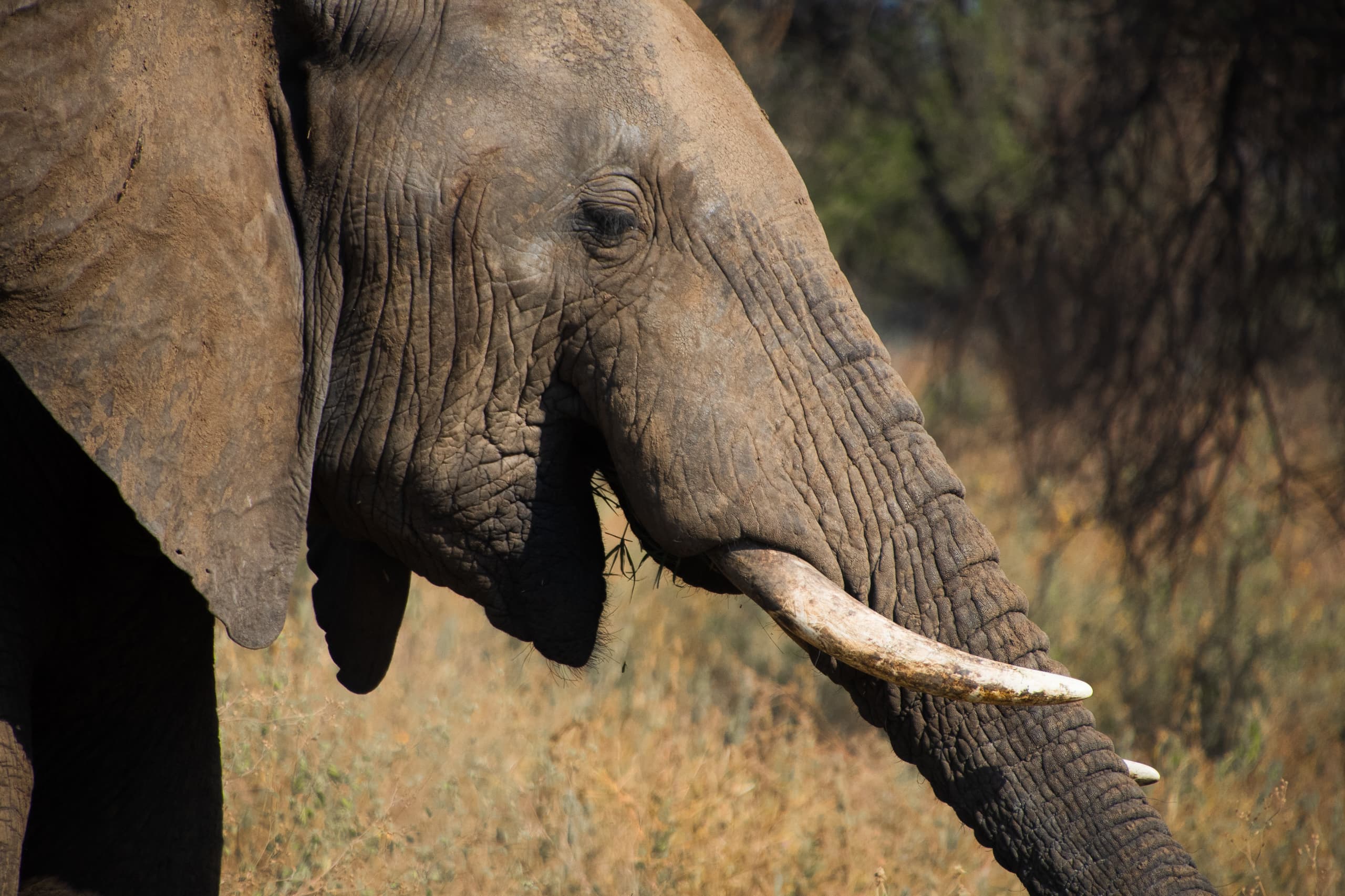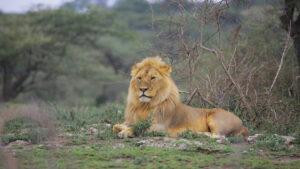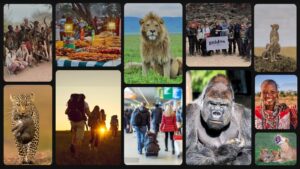Kilimanjaro Climbing and Altitude Sickness: Conquer the Roof of Africa with Guides of Africa
Introduction: The Call of Kilimanjaro
The sun rises over the majestic peaks of Mount Kilimanjaro, casting a soft golden glow that beckons adventurers from around the globe. Standing proud at 5,895 meters (19,341 feet), Kilimanjaro is not just a mountain; it’s a symbol of human determination, resilience, and the wild beauty of Tanzania. As you embark on this life-changing journey, it’s crucial to understand the challenges that come with climbing the highest mountain in Africa, particularly altitude sickness. But fear not! With Guides of Africa as your guide, you will conquer Kilimanjaro and create memories that will last a lifetime.
Understanding Kilimanjaro: More Than Just a Climb
Mount Kilimanjaro is a dormant volcano composed of three distinct cones: Kibo, Mawenzi, and Shira. The mountain offers a variety of routes for climbers, each with its unique allure and challenges. The journey to the summit is not just about reaching the peak; it’s a profound experience that immerses travelers in breathtaking landscapes, diverse ecosystems, and the vibrant culture of Tanzania.
However, with great adventure comes great responsibility. Climbing Kilimanjaro requires preparation and knowledge, especially regarding altitude sickness, a condition that can affect anyone ascending to high altitudes.
What is Altitude Sickness?
Altitude sickness, or Acute Mountain Sickness (AMS), occurs when you ascend to high elevations too quickly, and your body struggles to acclimatize to the reduced oxygen levels. Symptoms can range from mild to severe and typically include headaches, nausea, dizziness, fatigue, and difficulty sleeping. Understanding this condition is vital for anyone considering a Kilimanjaro climb.
The Science Behind Altitude Sickness
As you ascend Kilimanjaro, the air pressure decreases, leading to lower oxygen availability. Your body needs time to adjust to these changes, a process known as acclimatization. For climbers, this means ascending gradually and allowing sufficient time for the body to adapt. This is why our itineraries at Guides of Africa are designed with careful consideration for acclimatization, ensuring that you experience the climb safely and enjoyably.
Symptoms of Altitude Sickness
Recognizing the symptoms of altitude sickness is crucial for a successful and safe climb. Here are some common signs to be aware of:
- Headache: Often the first sign of AMS, it can range from mild to severe.
- Nausea and Vomiting: A common reaction to high altitudes.
- Dizziness: Feeling lightheaded or faint can occur due to reduced oxygen levels.
- Fatigue: A sense of exhaustion, even with minimal activity.
- Difficulty Sleeping: Insomnia or disrupted sleep patterns can be common at high altitudes.
Preventing Altitude Sickness: Guides of Africa’s Approach
At Guides of Africa, we prioritize your health and safety to ensure you have the most memorable experience on Kilimanjaro. Here’s how we mitigate the risks associated with altitude sickness:
1. Gradual Ascent
We recommend a minimum of 7 days for your Kilimanjaro trek. Longer routes allow for gradual acclimatization, giving your body time to adapt to the altitude. The extra days allow you to explore the diverse landscapes of Kilimanjaro, from lush rainforests to arid alpine deserts.
2. Hydration is Key
Staying hydrated is essential. We encourage climbers to drink at least 3-4 liters of water daily. Our guides will remind you to drink water regularly and provide safe drinking water throughout your journey.
3. Healthy Diet
Nutrition plays a vital role in how well you acclimatize. Our meals are carefully prepared to ensure you receive the energy and nutrients needed for the climb. We focus on carbohydrates, proteins, and vitamins to keep you strong and energized.
4. Listen to Your Body
Our experienced guides are trained to monitor climbers for signs of altitude sickness. It’s essential that you communicate openly about how you’re feeling. If you experience any symptoms, we can adjust your itinerary or take necessary precautions.
The Guides of Africa Experience: Your Journey Begins Here
Climbing Kilimanjaro is not just about reaching the summit; it’s about the journey and the connections you make along the way. At Guides of Africa, we offer a holistic approach to trekking, combining expert guidance, personalized itineraries, and an emphasis on responsible tourism. Here’s what sets us apart:
1. Expert Guides
Our team of experienced guides is passionate about Kilimanjaro and is dedicated to ensuring your safety and enjoyment. They share their knowledge of the mountain’s ecology, geology, and cultural significance, enriching your climbing experience.
2. Tailored Itineraries
We understand that every climber is unique. Our itineraries are customizable, catering to different fitness levels and preferences. Whether you’re a seasoned mountaineer or a first-time climber, we have the right package for you.
3. Comfort and Safety
Your comfort is our priority. We provide high-quality camping gear, nutritious meals, and first aid kits to ensure your trek is as enjoyable as possible. Our team conducts daily briefings to prepare you for the day’s challenges and to keep spirits high.
4. Responsible Tourism
Guides of Africa is committed to sustainable tourism practices. We work closely with local communities, ensuring that our tours benefit those who call this majestic region home. When you book with us, you’re contributing to the preservation of Kilimanjaro and its surrounding ecosystems.
The Most Popular Routes: Choose Your Adventure
Kilimanjaro boasts several routes to the summit, each offering unique perspectives and experiences. Here are the most popular options:
1. Machame Route (Whiskey Route)
Known for its stunning scenery and diverse landscapes, the Machame Route is a favorite among climbers. This 7-day trek allows for proper acclimatization while providing breathtaking views of the mountain’s various habitats.
2. Lemosho Route
The Lemosho Route is one of the most scenic and less crowded paths to the summit, making it ideal for those seeking tranquility and beauty. This route allows for 8 days of trekking, maximizing your acclimatization opportunities.
3. Rongai Route
Starting from the north, the Rongai Route offers a unique and less-traveled path to the summit. This route is often considered easier than others, making it an excellent choice for beginners or those looking for a more relaxed experience.
4. Marangu Route (Coca-Cola Route)
The Marangu Route is the only one with hut accommodations, making it a more comfortable option. Though it’s a popular choice, it’s also known for its rapid ascent, which can increase the risk of altitude sickness.
The Summit: A Journey of Triumph
Reaching Uhuru Peak is a moment of triumph that transcends the physical challenge of climbing. As you stand at the summit, with the swirling clouds below and the sun rising over the African plains, you’ll experience a profound sense of accomplishment. This moment is more than just a photo opportunity; it’s a celebration of your perseverance and spirit.
Conclusion: Your Adventure Awaits!
Climbing Kilimanjaro is a life-changing experience, one that will inspire you long after you’ve descended the mountain. At Guides of Africa, we’re here to guide you every step of the way, ensuring a safe, enjoyable, and unforgettable journey to the Roof of Africa.
Are you ready to answer the call of Kilimanjaro? Book your adventure with Guides of Africa today and let us help you create memories that will last a lifetime. Reach out to us at info@guidesofafrica.com and take the first step towards your unforgettable Tanzanian adventure.
Book now and let the adventure begin!

